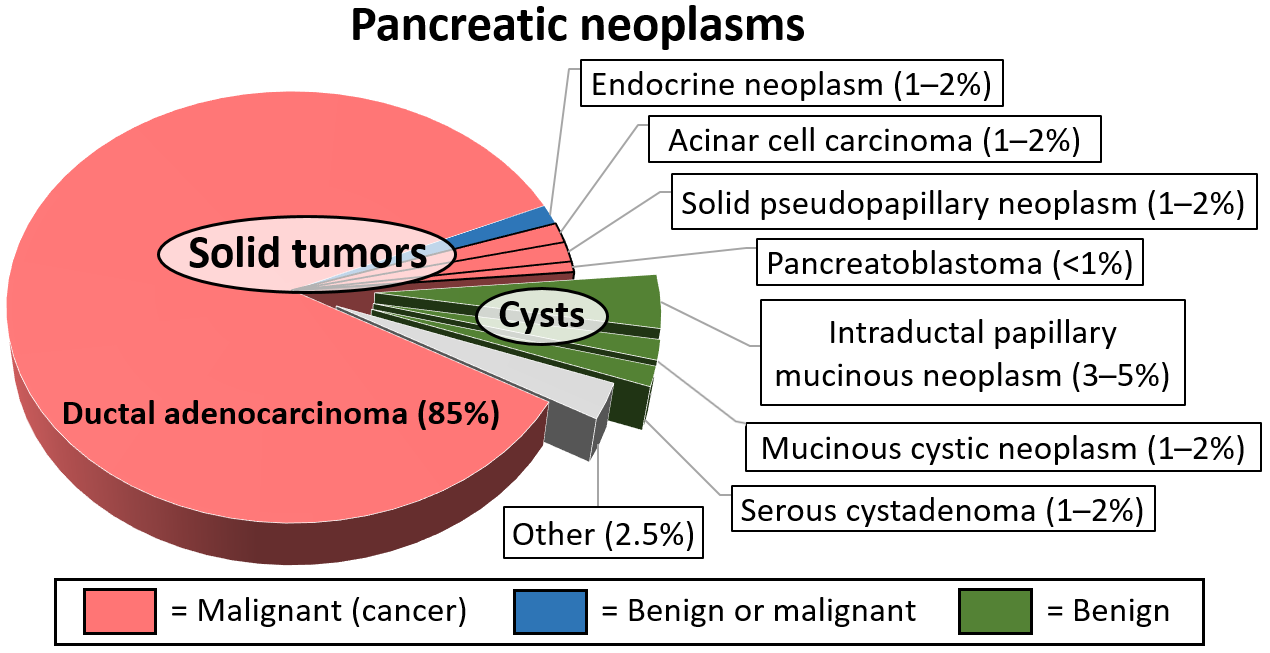Serous microcystic adenoma on:
[Wikipedia]
[Google]
[Amazon]
Pancreatic serous cystadenoma is a benign
File:Serous cystadenoma of the pancreatic head..jpg
File:Pancreatic serous cystadenoma - intermed mag.jpg
File:Pancreatic serous cystadenoma - high mag.jpg
File:Pancreatic serous cystadenoma - very high mag.jpg
File:Pancreatic serous cystadenoma (1).jpg
File:Pancreatic serous cystic tumor (3).jpg
 Serous cystadenomas of the pancreas are more common in women. SCAs are usually diagnosed in people 50–60 years of age.
Serous cystadenomas of the pancreas are more common in women. SCAs are usually diagnosed in people 50–60 years of age.
tumour
A neoplasm () is a type of abnormal and excessive growth of tissue. The process that occurs to form or produce a neoplasm is called neoplasia. The growth of a neoplasm is uncoordinated with that of the normal surrounding tissue, and persists ...
of the pancreas. It is usually found in the tail of the pancreas, and may be associated with von Hippel–Lindau syndrome
The term ''von'' () is used in German language surnames either as a nobiliary particle indicating a noble patrilineality, or as a simple preposition used by commoners that means ''of'' or ''from''.
Nobility directories like the ''Almanach de Go ...
.
In contrast to some of the other cyst-forming tumors of the pancreas (such as the intraductal papillary mucinous neoplasm
Intraductal papillary mucinous neoplasm (IPMN) is a type of tumor that can occur within the cells of the pancreatic duct. IPMN tumors produce mucus, and this mucus can form pancreatic cysts. Although intraductal papillary mucinous neoplasms are b ...
and the pancreatic mucinous cystadenoma
Pancreatic mucinous cystadenoma, also known as "mucinous cystadenoma of the pancreas", is a benign tumour of pancreas. It is one of the cystic lesions of the pancreas.
Pathology Microscopy
File:Mucinous cystadenoma of the pancreas 5.jpg, Mu ...
), serous cystic neoplasms are almost always entirely benign. There are some exceptions; rare case reports have described isolated malignant serous cystadenocarcinomas. In addition, serous cystic neoplasms slowly grow, and if they grow large enough they can press on adjacent organs and cause symptoms.
Signs and symptoms
In most cases, serous cystadenomas of the pancreas are asymptomatic. However, large cysts may cause symptoms related to their size.Classification
Pathologist
Pathology is the study of the causal, causes and effects of disease or injury. The word ''pathology'' also refers to the study of disease in general, incorporating a wide range of biology research fields and medical practices. However, when us ...
s classify serous cystic neoplasms into two broad groups. Those that are benign, that have not spread to other organs, are designated "serous cystadenoma". Serous cystadenomas can be further sub-typed into microcystic, oligocystic (or macrocystic), solid, mixed serous-endocrine neoplasm, and VHL-associated serous cystic neoplasm. This latter classification scheme is useful because it highlights the range of appearances and the clinical associations of these neoplasms. Serous cystic neoplasms that have spread ("metastasized") to another organ are considered malignant and are designated "serous cystadenocarcinoma".
Pathology
Treatment
These lesions rarely requiresurgery
Surgery ''cheirourgikē'' (composed of χείρ, "hand", and ἔργον, "work"), via la, chirurgiae, meaning "hand work". is a medical specialty that uses operative manual and instrumental techniques on a person to investigate or treat a pat ...
unless they are symptomatic or the diagnosis is in question. Since these lesions do not have malignant potential, long-term observation with imaging surveillance is unnecessary. Surgery can include the removal of the head of the pancreas (a pancreaticoduodenectomy), removal of the body and tail of the pancreas (a distal pancreatectomy), or rarely removal of the entire pancreas (a total pancreatectomy). In selected cases the surgery can be performed using minimally invasive techniques such as laparoscopy.
Epidemiology
 Serous cystadenomas of the pancreas are more common in women. SCAs are usually diagnosed in people 50–60 years of age.
Serous cystadenomas of the pancreas are more common in women. SCAs are usually diagnosed in people 50–60 years of age.
See also
*Ovarian serous cystadenoma
Ovarian serous cystadenoma, also (less precisely) known as serous cystadenoma, is the most common ovarian neoplasm, representing 20% of ovarian neoplasms, and is benign.
It has a very superficial resemblance to the most common type of ovarian canc ...
* Pancreatic mucinous cystadenoma
Pancreatic mucinous cystadenoma, also known as "mucinous cystadenoma of the pancreas", is a benign tumour of pancreas. It is one of the cystic lesions of the pancreas.
Pathology Microscopy
File:Mucinous cystadenoma of the pancreas 5.jpg, Mu ...
* Solid pseudopapillary neoplasm
References
External links
{{Digestive system neoplasia Digestive system neoplasia Pancreas disorders